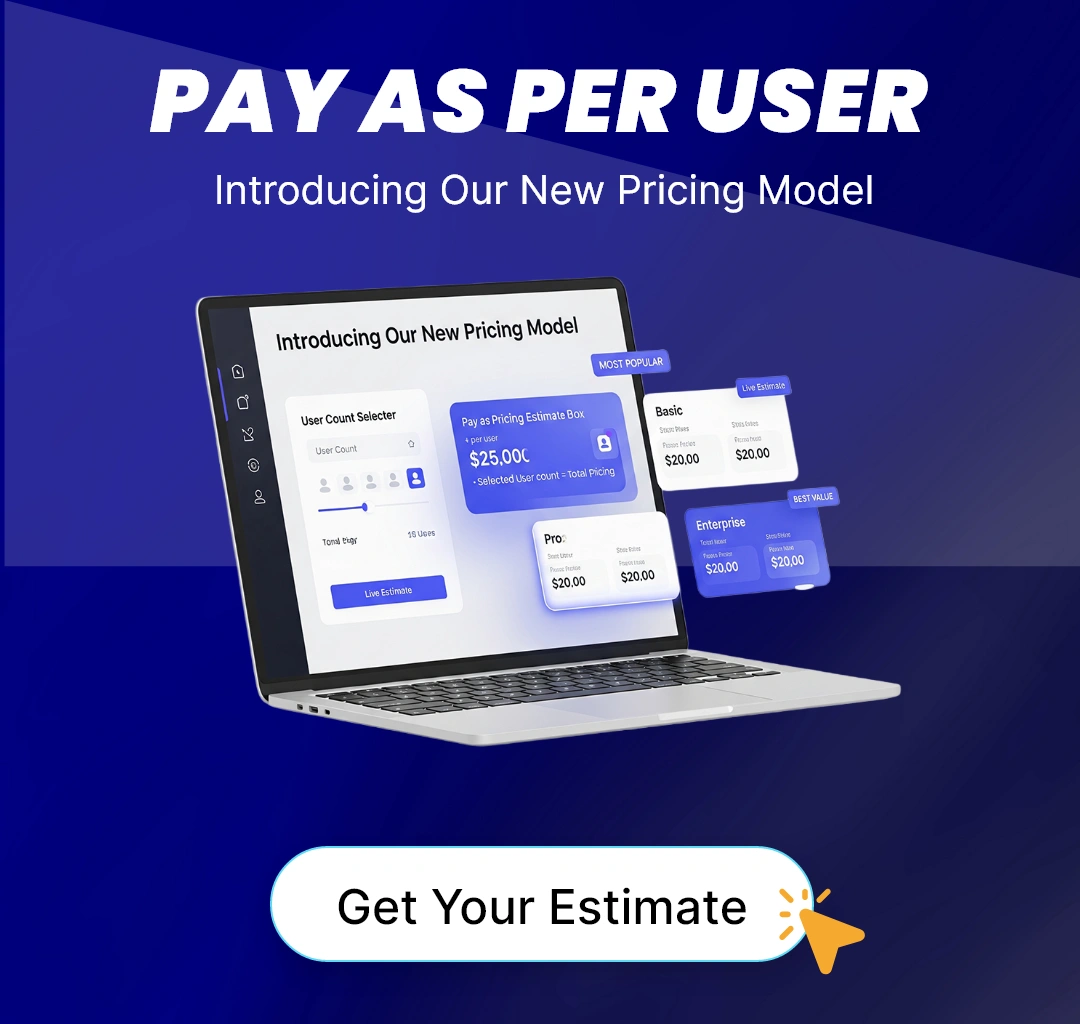What role does the LMS RFP Template play in the decision-making process?
An LMS RFP template conveys your needs to potential suppliers, ensuring they offer the right solution for your project, company, and learners. Without it, you might aimlessly approach LMS providers ill-suited to your requirements, leading to mismatched pricing plans or inadequate technical support. Through an RFP, you establish clear expectations, align needs with potential vendors, and set the groundwork for contracts, also serving as a record in case of contract disputes.
Outlining LMS Needs for Clarity and Focus
Selecting or transitioning to a new LMS is a significant investment for any organization. You precisely outline your objectives and expectations for the e-learning solution through an LMS RFP. It’s an excellent way to crystalize your goals for yourself and your team. Once underway, the RFP becomes a yardstick to measure project effectiveness.
Delving into LMS Requirements for Precision
Similar to any company initiative, commencing an e-learning project aims to reach a specific destination. Crafting an RFP lets you discover precisely what you require from an LMS. Is the solution with the most features necessary if you won’t utilize them? Clarifying these requirements distinguishes essential features from nice-to-haves or unnecessary ones, striking a balance between needs and budget.
Grasping Limitations for Effective Decision-making
Suppose your deadline for launching the e-learning solution is two months away, but a potential LMS vendor indicates a six-month deployment timeline. A request for proposal offers clarity on your limitations concerning Deadlines, Budget, User count, Specific technological necessities (e.g., on-site installation, e-commerce capabilities, and advanced security features). In the following section, you’ll discover strategies for a successful RFP implementation.











